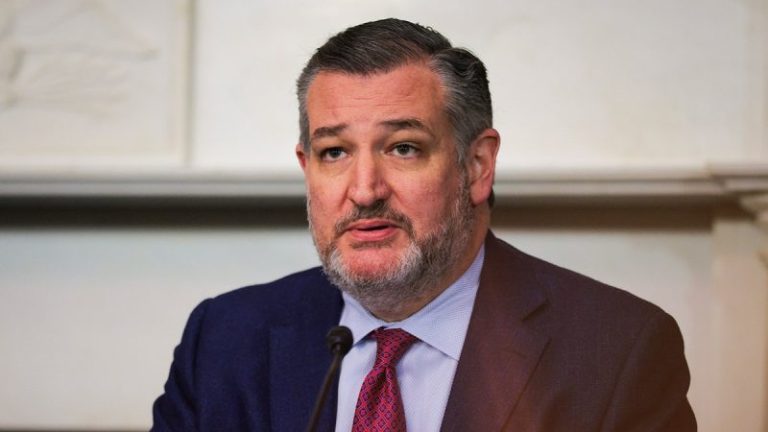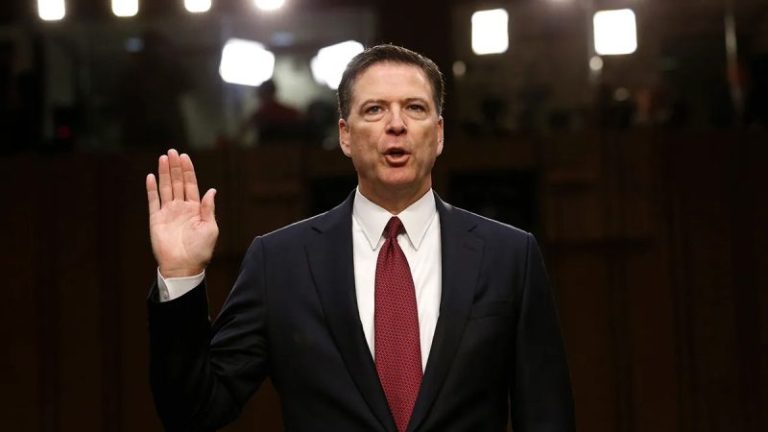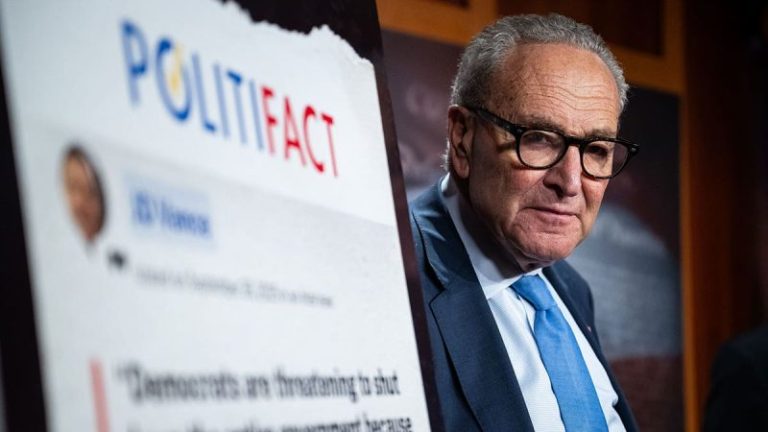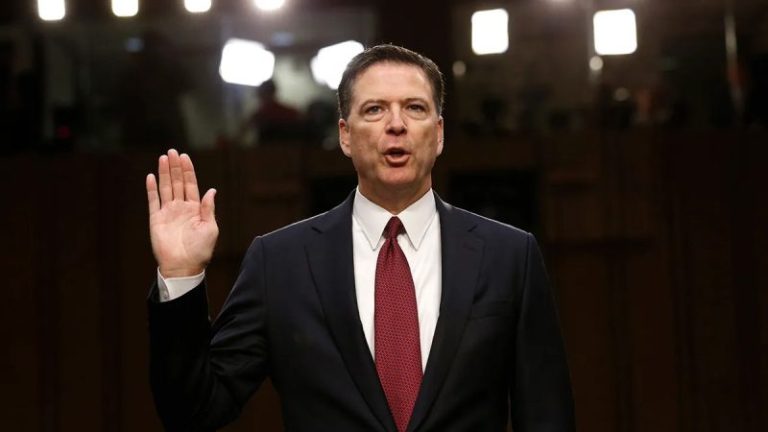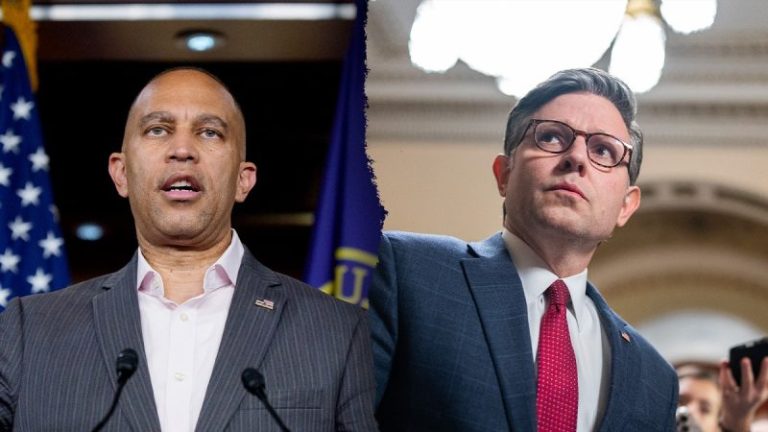A diplomatic battle is being waged between leading Republican Sen. Ted Cruz, R-Texas, and Nigerian government officials. Cruz has warned he will hold those officials accountable for the reported ‘mass slaughter’ of tens of thousands of Christians in Nigeria. Officials have claimed Cruz is lying, with one claiming that despite even the pope publicly calling out the killings, there is religious harmony in the country.
Nigeria is one of the most dangerous places in the world to be a Christian, according to international Christian advocacy group Open Doors International’s 2025 World Watch List (WWL). An estimated 48% of the population is Christian. But of the 4,476 Christians reported killed worldwide in WWL’s latest reporting period, 3,100 of those who died — 69% — were in Nigeria.
On Saturday, the spokesperson for Nigerian President, Bola Ahmed Tinubu, told a Lagos, Nigeria newspaper, that Cruz should ‘stop these malicious, contrived lies’ over the murders.
In response, Cruz, the Chairman of the Senate Subcommittee on Africa and Global Health Policy, told Fox News Digital, ‘Nigeria’s federal government and a dozen state governments enforce blasphemy laws in their criminal and sharia codes, and they ignore or facilitate mob violence targeting Christians.’
On Friday, the Nigerian Minister of Information, Mohammed Idris, spoke exclusively to Fox News Digital, rejecting Cruz’s claims of Christians being massacred in his country. ‘The Nigerian government rejects that. This is certainly not true,’ he said.
In reaction, Sen. Cruz told Fox News Digital that the killings ‘are the result of decisions made by specific people, in specific places, at specific times. The United States knows who those people are, and I intend to hold them accountable’.
Cruz said, ‘Since 2009, over 50,000 Christians in Nigeria have been massacred, and over 20,000 churches and Christian schools have been destroyed. These atrocities are directly linked to the policies of Nigerian federal and state officials. They are the result of decisions made by specific people, in specific places, at specific times — and it says a great deal about who is lashing out now that a light is being shone on these issues.’
On Friday, Cruz posted on X: ‘Officials in Nigeria are ignoring and even facilitating the mass murder of Christians by Islamist jihadists. It’s time to hold those responsible accountable.’ He went on to refer to a new bill he has introduced in the Senate: ‘My Nigeria Religious Freedom Accountability Act would target these officials with powerful sanctions and other tools.’
This drew an immediate response from Nigerian presidential spokesperson, Bayo Onanuga. Interviewed by the Nigerian Daily Post the next day, Onanuga demanded, ‘Senator, stop these malicious, contrived lies against my country. Christians are not targeted. We have religious harmony in our country.’
Idris told Fox News Digital that Cruz’s comments are ‘very misleading. This is not true. This is not the reflection of what is on the ground. I mean it’s false where you say over 20,000 churches have been burned. It’s also false if you say 52,000 (Christians killed), where did he get those numbers from? I think this is absolutely absurd. It’s not supported by any facts whatsoever. The Nigerian government rejects that. No Nigerian officials will willingly, deliberately indulge in the act of siding with violent extremists to target any particular religion in this country. This is absolutely false.’
Idris also stated, ‘Nigeria is a multi-faith country, meaning that it’s a country that has multiple religions. We have Christians, we have Muslims, we even have those who don’t believe in any of these two religions. Nigeria is a very tolerant country. The government of Nigeria is committed to ensuring that there is religious freedom in this country, but we do have extremist organizations in this country.’
Idris continued, ‘It’s unfortunate sadly, that some of these extremists have killed a number of Christians and a number of Muslims almost everywhere where this violent extremism has support. So it’s (the accusation by Sen. Cruz) not true. We find that to be very unfortunate. It’s despicable, it’s not right. This is absolutely false to say that there is a calculated or a deliberate attempt to kill a particular religious group, is not correct and we find that really very, very unfortunate.
Open Doors’ Natalie Blair says independent data from Nigeria shows ‘Christians can be targeted by radical extremists, and radical extremists can also kill Muslims who do not conform to their radical ideology.’ But Blair, a senior member of Open Doors Advocacy team, told Fox News Digital, ‘Boko Haram and ISWAP (Islamic State West Africa Province) have explicitly and repeatedly declared Christians as targets. And many victims have told us that when Fulani militants attack they don’t just shout ‘Allahu Akbar’, (God is Great), they yell, ‘we will destroy all Christians.’
Blair added: ‘According to the Observatory for Religious Freedom in Africa, data of civilians killed — exempting out the military and terrorist deaths — in northern Nigeria is unequivocal: more Christians are killed by the extremists than Muslims — if you are a Christian you are 6.5 times more likely to be killed than a Muslim. This does not make the suffering of a Muslim less significant, it just makes it less likely.’
Bishop Wilfred Anagbe’s Makurdi Diocese is almost exclusively Christian. But the constant and escalating attacks by Muslim Fulani militants led him to testify at a congressional hearing in March in Washington, saying there is ‘a long-term Islamic agenda (in Nigeria) to homogenize. The population has been implemented over several presidencies through a strategy to reduce and eventually eliminate the Christian identity of half of the population all over Nigeria. These terrorists are going about on a jihad and conquering territories and renaming them accordingly.’
Idris was dismissive of the Bishop’s Congressional testimony: ‘let me say that the Bishop’s position is an extreme one. It’s not true. The Nigerian government has debunked that in the past.’
Open Doors’ Blair, with access to Nigerian villagers, responded, ‘We must listen to the voices of those who have experienced the violence firsthand. People on the ground do not trust that anyone will pay for these violent crimes. This is because they have seen hundreds of suspects arrested over the years and then most of them released, having never been charged or brought to trial.’
Blair concluded, ‘the right to life, guaranteed under Section 33 of the 1999 Nigerian Constitution, is meaningless unless the state acts decisively to punish those who violate it. The ongoing culture of impunity will only result in more bloodshed and continue to erode public trust in the rule of law.’

